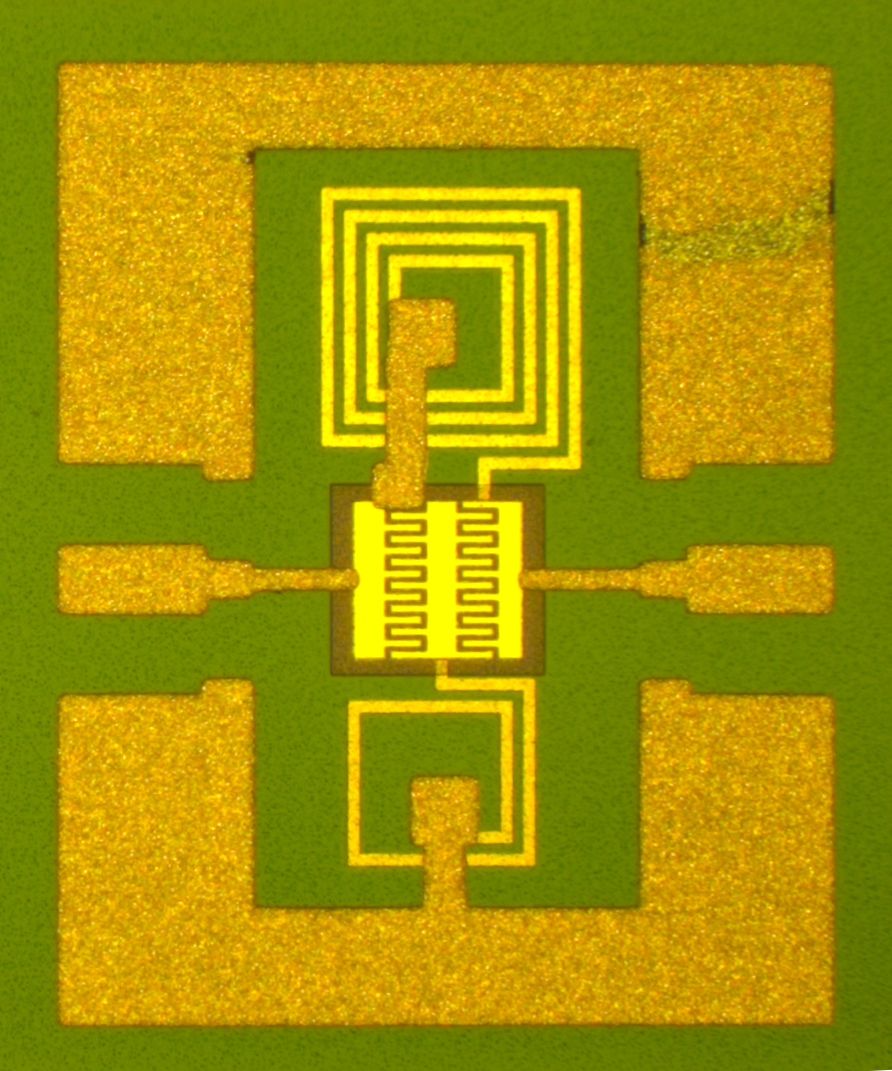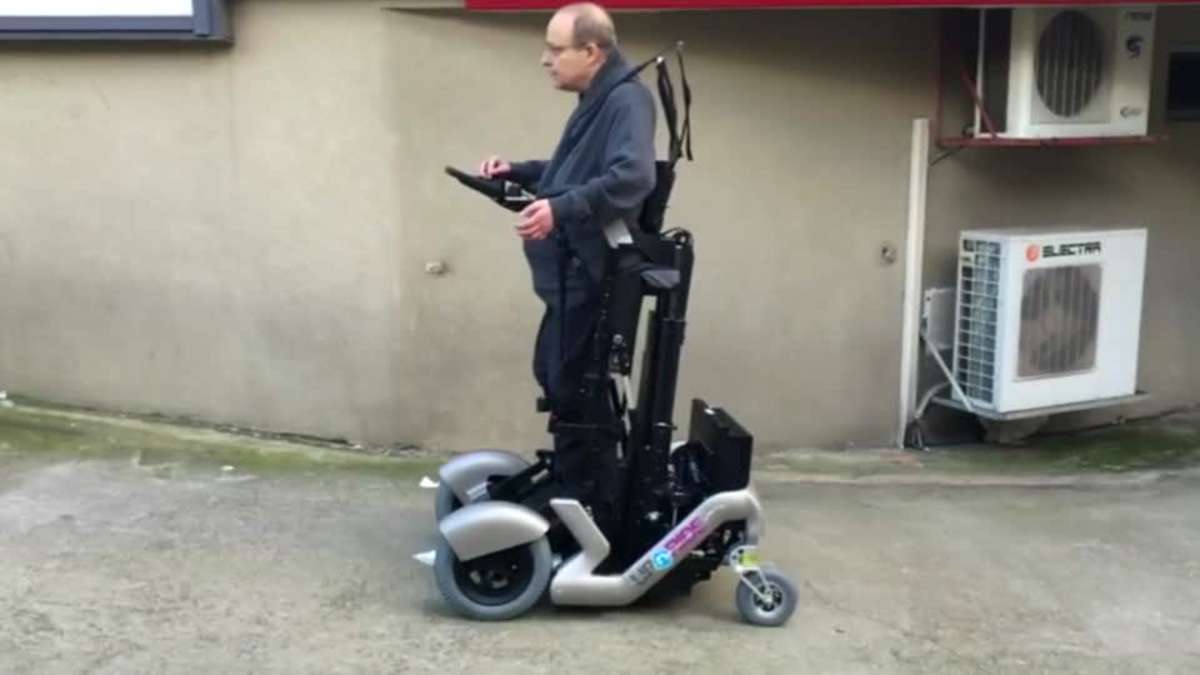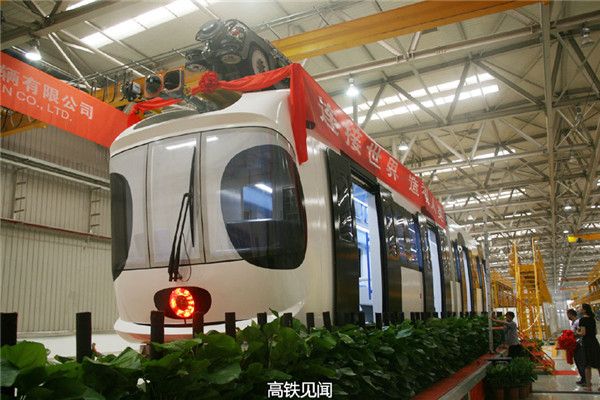Category: transportation – Page 583
Uber’s Self-Driving Cars Hit The Road Today
Starting today, you could end up in a self-driving Uber.

Tuning materials and devices to adapt to their environment
Definitely a big deal.
I look forward to the day when everything lives and adapts as well as interacts in their environments. Buildings, machines, autos, planes, etc. Last month we read about the living buildings that DARPA is focused on that utilizes synthetic cells which enables buildings and other structures to self repair themselves much like human cells do.
Definitely glad to see more and more people jump on the Singularity path.
Materials with large dielectric constants—aka “high-K materials”—have recently garnered attention for their potential use within future generations of reduced-dimension semiconductor devices.
Barium strontium titanate, one such material, possesses an inherently large dielectric constant that can be altered significantly by an applied electrical field—by as much as a factor of 10. While this property has been known to exist for more than half a century and many researchers have attempted to exploit it, the technology has been limited by the low quality of the material. By semiconductor industry standards, the material is considered to be defective.
But researchers at University of California, Santa Barbara, who began exploring thin-film tunable dielectrics using sputtered material nearly two decades ago, are now trying to leverage advanced and scalable materials deposition techniques like molecular beam epitaxy (MBE) to create tunable, high-frequency integrated circuits and devices with high-quality materials that are comparable to modern semiconductor technology.

18 Corporations Working On Quantum Computing
Not a complete list — where are al the various joint ventures & start ups that are also in play; however, what about all those Laboratories (Governmental, Universities, and joint venture related labs) such as Los Alamos or ORNL or MIT or USC, and what about all of the governmental agencies (NASA, DoD, etc.), and how about all of those special programs like DARPA. And, this is only the US not to mention what has been happening in China, Australia, Canada, UK, Spain, Germany, Russia, Singapore, etc.
Nice article to use as a starting list only; itmissed many, many other companies, labs, universities, and governments who are really leading most of the progress forward in QC. Some start up to add — Qubitekk, QC Ware, Rigetti Computing to just name 3 off the top of my head. Article is missing a lot in its list.
Google, Microsoft, and Airbus are investing in quantum computing. In all, we identified 18 corporates developing the tech, or partnering with startups like D-Wave to do so, and what they hope to achieve.

Stand-up wheelchair gives users outdoor mobility
Self-stabilising wheelchair from Israeli technology start-up lets you cruise through town while standing. Matthew Stock reports.
Nearly 20 years ago Amit Goffer suffered an accident that confined him to a wheelchair. Increasingly dissatisfied with what was on offer, the electrical engineer built this — the UPnRIDE. It’s a robotic exoskeleton that helps people paralysed from the waist down to stand tall in the outside world. (SOUNDBITE) (English) CHIEF TECHNICAL OFFICER AND FOUNDER OF UPNRIDE, DOCTOR AMIT GOFFER SAYING: “The UPnRIDE device, the whole idea is that you can use it outdoors as well as indoors and in a safe manner because they, it automatically balances you and stablizes you… The concept is new because you don’t see any disabled person rolling outside in a standing position so this is a breakthrough in the industry of wheelchair manufacturing, I’m sure that others will follow.” It goes from seated to standing at the push of a button. A gyroscope — similar to that in a two-wheeled Segway — along with self-stabilising software helps manoeuvre upright over uneven urban terrain.
Your First Look At What It Would Be Like to Ride the Hyperloop Pod
Want to know what it looks like to travel at the speed of sound…in a windowless pod? Well, here you go.
What would it be like to ride on the Hyperloop—the 700 mph (1,100 km/h) propulsion-driven transportation of the future?
In the video below from Hyperloop Transportation Technologies, you can see how it would look to ride in a windowless pod that is zooming through an airless tube and carrying passengers at the speed of sound (or really close to it).
Big businesses must be ready to ‘radically change’ to survive
In a future where cars drive themselves, how does a company like BMW, which engineers ‘The Ultimate Driving Machine’ stay relevant? Embrace change even if it challenges company tradition, advises Salim Ismail of Singularity University.

China’s first sky train off assembly line
All aboard the Sky Train.
China’s first sky trains came off the assembly line in the city of Nanjing on Saturday, with China becoming the third country to master sky train technology, after Germany and Japan.
The Nanjing Puzhen Company Limited, affiliated to China’s largest State-owned rolling stock manufacturer CRRC Corporation Limited (China Railway Rolling Stock Corporation), took only four months to design and complete the elevated railway trains, said CRRC.
The two compartments can hold more than 200 passengers, and when compared with subways and trams, sky trains have lower costs, better climbing and turning ability, and higher wind resistance.
China aircraft maker to promote new generation planes at air show
Wish I could attend.
The Aviation Industry Corp. of China (AVIC) will promote its new generation aircraft at China’s upcoming aerospace trade show, the aircraft manufacturer said Thursday.
The company’s heavy transport aircraft Y-20 and stealth fighter J-31, the major models in the new series, will be demonstrated at the 11th China International Aviation and Aerospace Exhibition, which opens on Nov. 1 in the southern port city of Zhuhai, Guangdong Province.
The new planes represent AVIC’s advances toward the fourth generation of aircraft technology, the company said.
Nothing can escape from this new Chinese quantum radar, not even stealth jet
More things keep being revealed; and this only what the public knows to boot.
With an aim of detecting ever object within the range, China has developed a new radar technology that is capable of detecting stealth jets, claims a Chinese firm. According to the reports, the branch of defence and electronics firm CETC — Intelligent Perception Technology created the quantum radar which can detect any target withing a 60 miles range and it was successfully tested last month.
Chinese news agency Xinhua reported that the radar uses has superior detection capabilities as it uses quantum entanglement photons which is better than traditional detection systems. The new technology will enable the radar to even detect modern aircraft that can escape the radar, uses stealth technology or baffle the enemy radar system.
Since quantum radar requires lower energy and can be used to non-invasively probe for objects with low reflectivity, such as cancer cells, the technology may also find use in biomedicine.